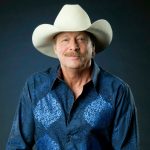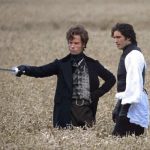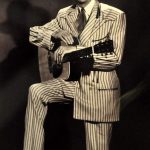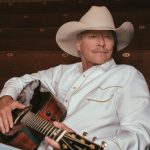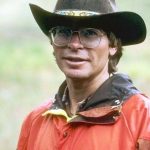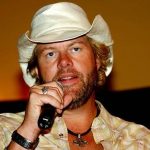Bee Gees – ‘Jive Talkin’’
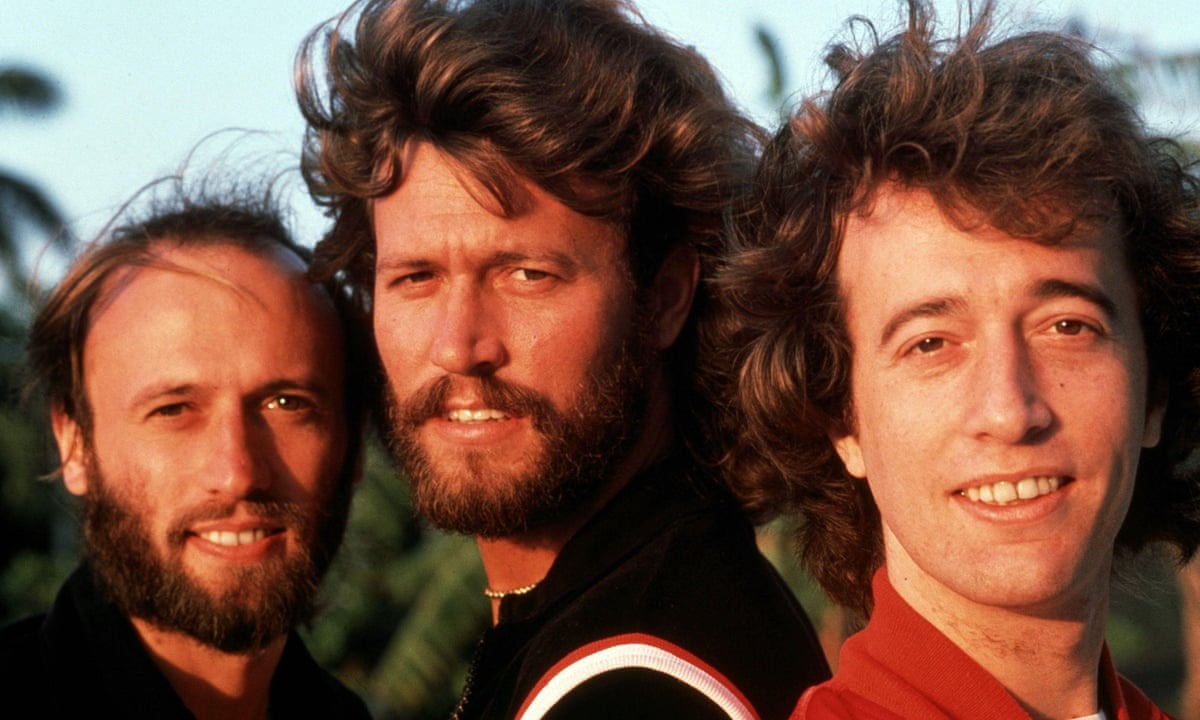

“Jive Talkin’” is a song by the Bee Gees, released as a single in May 1975 by RSO Records. This was the lead single from the album Main Course (as well as a song on the 1977 Saturday Night Fever soundtrack) and hit number one on the Billboard Hot 100; it also reached the top five on the UK Singles Chart in the middle of 1975. Largely recognized as the group’s comeback song, it was their first US top-10 hit since “How Can You Mend a Broken Heart” (1971).
Barry Gibb re-recorded the song as a duet with country music star Miranda Lambert for his 2021 album Greenfields.
Origins and recording
The song was originally called “Drive Talking” in its early stages. The song’s rhythm was modeled after the sound their car made crossing the Julia Tuttle Causeway each day from Biscayne Bay to Criteria Studios in Miami.
Recording for “Jive Talkin’” took place on 30 January and 2 February 1975. The scratchy guitar intro was done by Barry and the funky bass line by Maurice. The pulsing synthesizer bass line, which featured in the final recording, was (along with the pioneering work of Stevie Wonder) one of the earliest uses of “synth bass” on a pop recording. It was overdubbed by keyboardist Blue Weaver using a then state-of-the-art ARP 2600, which producer Arif Mardin had brought in for the recording of the Main Course album. Weaver stated, “Usually Maurice would play bass guitar, but he was away from the studio that night. And when Maurice came back, we let him hear it and suggested he re-record the bass line on his bass guitar”. “I liked the synth bass lines”, Maurice said. “I overdubbed certain sections to add bass extra emphasis”.
“Jive Talkin’” was also influenced by “You’re the One” (written by Sly Stone) by Little Sister.
According to Maurice, while hearing this rhythmic sound, “Barry didn’t notice that he’s going ‘Ji-Ji Jive Talkin’ ’, thinking of the dance, ‘You dance with your eyes’…that’s all he had…exactly 35 mph…that’s what we got.” He goes on to say, “We played it to [producer] Arif [Mardin], and he went ‘Do you know what “Jive Talkin’” means?’ And we said ‘Well yeah, it’s, ya know, you’re dancing.’ […] And he says ‘No, it’s a black expression for bullshitting.’ And we went ‘Oh?!? Jive talkin’, you’re telling me lies…’ and changed it.” Maurice goes on to describe how Arif gave them “the groove, the tempo, everything.” Robin Gibb then goes on to mention that, because they were English, they were less self-conscious about going into the “no-go areas”, referring to musical styles that were more black in styles, etc. He then said, “We didn’t think that there were any ‘no go’ areas, it’s music!” Barry’s guitar strumming has a smoother version of Kool and the Gang‘s signature chicka-chicka and funky Nassau version of KC and the Sunshine Band‘s Caribbean strumming.[citation needed] The song’s rhythm riff perhaps resembles the riff from “Shirley & Company‘s “Shame, Shame, Shame“, with a prominent use of the Bo Diddley beat.
After hearing “Jive Talkin’”, Lindsey Buckingham of Fleetwood Mac, and co-producer Richard Dashut built up the song “Second Hand News” (released on the band’s Rumours in 1977) with four audio tracks of electric guitar and the use of chair percussion to evoke Celtic rock.


